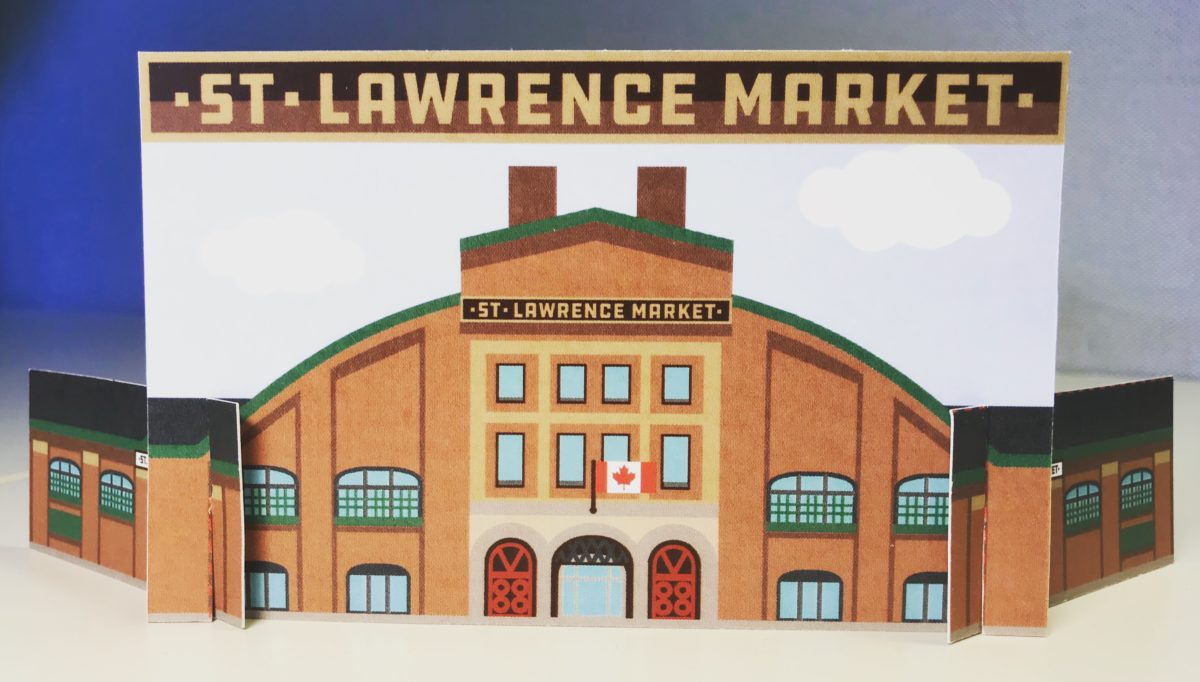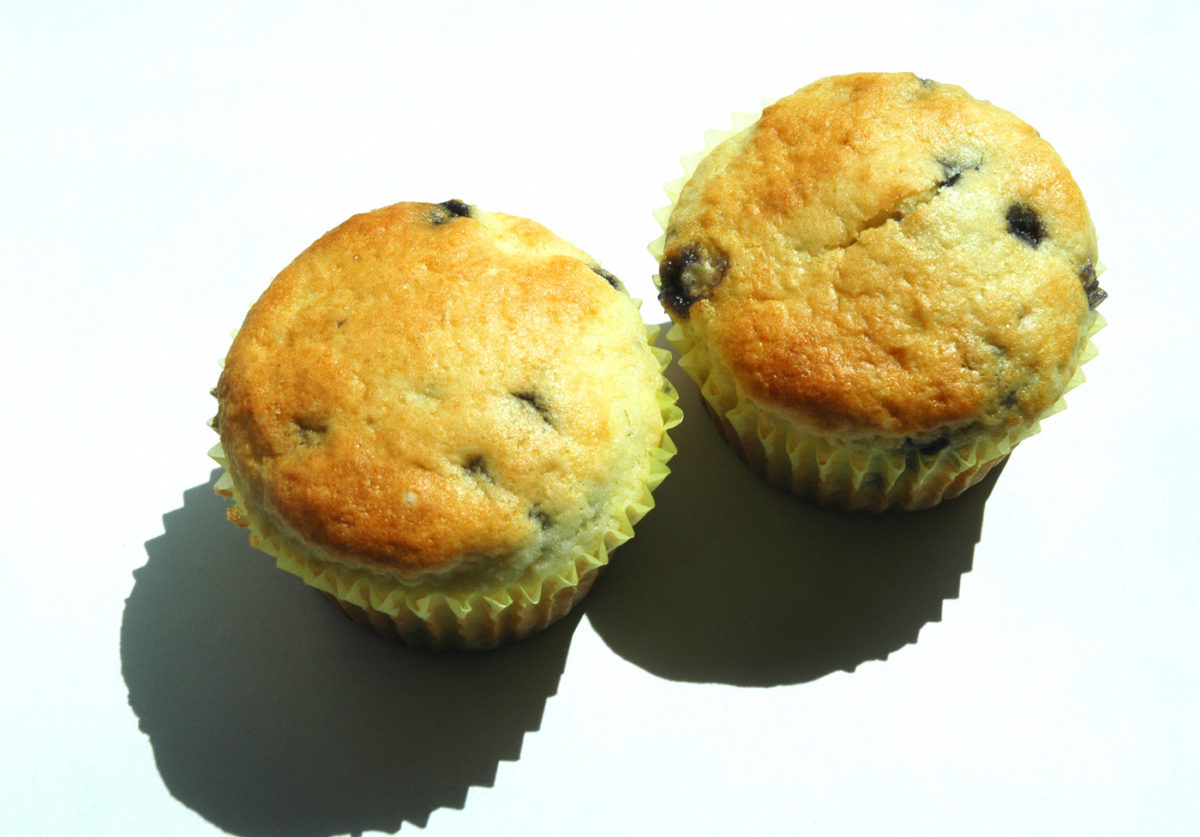It was only supposed to be a year: move to Toronto, get the certificate, move back to Calgary and continue with life.
23 years later, the move back to Calgary hasn’t happened. I have become, accidentally, Torontonian.
That was never the plan. I never had any desire to move to the Big Smoke.
Growing up on the east coast, Toronto seemed incredibly distant, a mysterious chunk of population somewhere past Montreal where folks moved later in life, and from where repairmen ordered parts for your fridge.
Later, it gained an unfortunate reputation as a breeding ground for snobbery. I remember the handful of kids transplanted from Toronto. Young and naive, many of them assumed us yokels would be awed by their big city pedigree, and flaunted it accordingly. That was a bad idea that backfired consistently, leading to ostracism and the conclusion that TO was a jerk factory.
After finishing school, I was faced with a decision: Halifax’s economy was small and sputtering, and I felt the need to move somewhere with more opportunities. Toronto’s economy was in the dumps, Vancouver was too expensive, I’d already lived in Ottawa, and I didn’t think my French was good enough for Montreal. Calgary beckoned with an oil economy firing on all cylinders, and I made the leap.
Soon after landing, I discovered something Calgarians share with Haligonians: antipathy for Toronto. The more folks I met, the more I realized those feelings of resentment travel across our great land. In fact, the unifying force in our country isn’t the great outdoors, maple syrup, poutine or even hockey: it’s animosity for Toronto.
Some of that has nothing to do with the town itself. It’s probably aimed at residents of every big city around the world, from Beijing to Buenos Aires. I think it stems from the inhabitants’ sense that they’re from somewhere just a little more sophisticated, important or awesome than anywhere else. I breathed that in when I landed in Hogtown in 2000.
I loved Calgary. I had no intention of leaving, until I hit a ceiling at work and needed a diploma to keep moving up. I found a program at Humber College, packed everything in boxes and bought a one-way ticket, confident I’d return in a year.
Toronto didn’t impress at first: it felt too big, impersonal and uncaring. It seemed less like a city with an identity or personality, and more like a sea of people crammed together on top of each other.
That feeling started to change when I moved to a friendlier neighbourhood, and found parks and shops I liked, a favourite pub and a go-to coffee shop. I started to discover what there was to like about this big fat city. There were neighbourhoods branded everything from “Little Italy” to “Little Tibet”. There were festivals and a theatre scene I stumbled into after an acting class. There were the bucket list concerts I finally got to see, museums, restaurants and all the other things tourist bureaus stuff into ads.
I ended up staying another year. I found a job and then a girlfriend. I got another apartment. I found another job and another girlfriend. I kept discovering more things to like about the city: bike trails, the islands, ravine hikes and more.
Years passed with the plan to move back to Calgary quietly receding in the rear-view mirror but never overtly abandoned. And then something quite unexpected happened: I started becoming Torontonian.
I’ve transformed, and I doubt the me from 23 years ago would recognize the current one. I’ve become that guy, the infinitely impatient one muttering under their breath at people lollygagging on the sidewalk when they’ve got places to be right now. (Could you walk any slower, buddy?) I talk about how the vibe in places like Kensington Market needs to be protected from gentrification, as if “vibe” were something that shows up on Google Maps. I read blogs and magazines about the city as often as I read ones about Canada itself. And I’ve embraced the idea that there’s something impressive about living in the biggest city in the land.
Recently I had to confront just how Torontonian I’ve become. Part of me will always hate myself for admitting it, but one night in front of the TV — how can I really be saying this?
I found myself cheering for the Leafs.
You can’t spend 23 years somewhere and not have it change you. Halifax will always be home, because home is where the heart is. But home is also where you hang your hat, and that’s Toronto. It’s where my condo leers over the perennially pissed-off drivers on the Gardiner Expressway. It’s where my cats constantly fight and make up. It’s where I found my wife, and where all but a few friends live. It’s the city that needs constant reassurance, but which is somehow quietly certain it’s the Centre of the Universe.
That’s what makes a good city great: a balance of contradictions.
A friend had a theory that life sorts you into the city in which you truly belong, by size, temperament and so on. Calgary is young and a little conservative. Ottawa is bureaucratic, well-planned and restrained. Halifax is friendly and loves a good time.
And Toronto? Well, Toronto is never satisfied. It obsesses about its shortcomings, even as it lands near the top of “best cities in the world” lists, a pessimism born from privilege. Toronto is the commercial, financial and cultural centre of the country even as it dreams of becoming New York City when it grows up. It’s the centre of its universe, but also the centre of self-doubt, perpetually comparing itself to everywhere around it.
That describes me a little: a collection of contradictions. It’s what endears me to the city. Like me, Toronto doesn’t have just one identity. At a certain point a city becomes too big for that, and its identity becomes the sum of its parts. Or maybe that’s way too Zen and Toronto is just like every other big city, with its good, bad, beauty, ugliness and endless complexity.
By my calculation, sometime in 2025 I’ll have spent more than half my life here. Assuming I last long enough, will I retire and end my days here? Will I move back “home” to Halifax? Maybe I’ll go back to Calgary. Maybe I’ll find a villa in Italy. Who knows? But this town has shaped me as surely as any other has.
I have become, unexpectedly, Torontonian.



